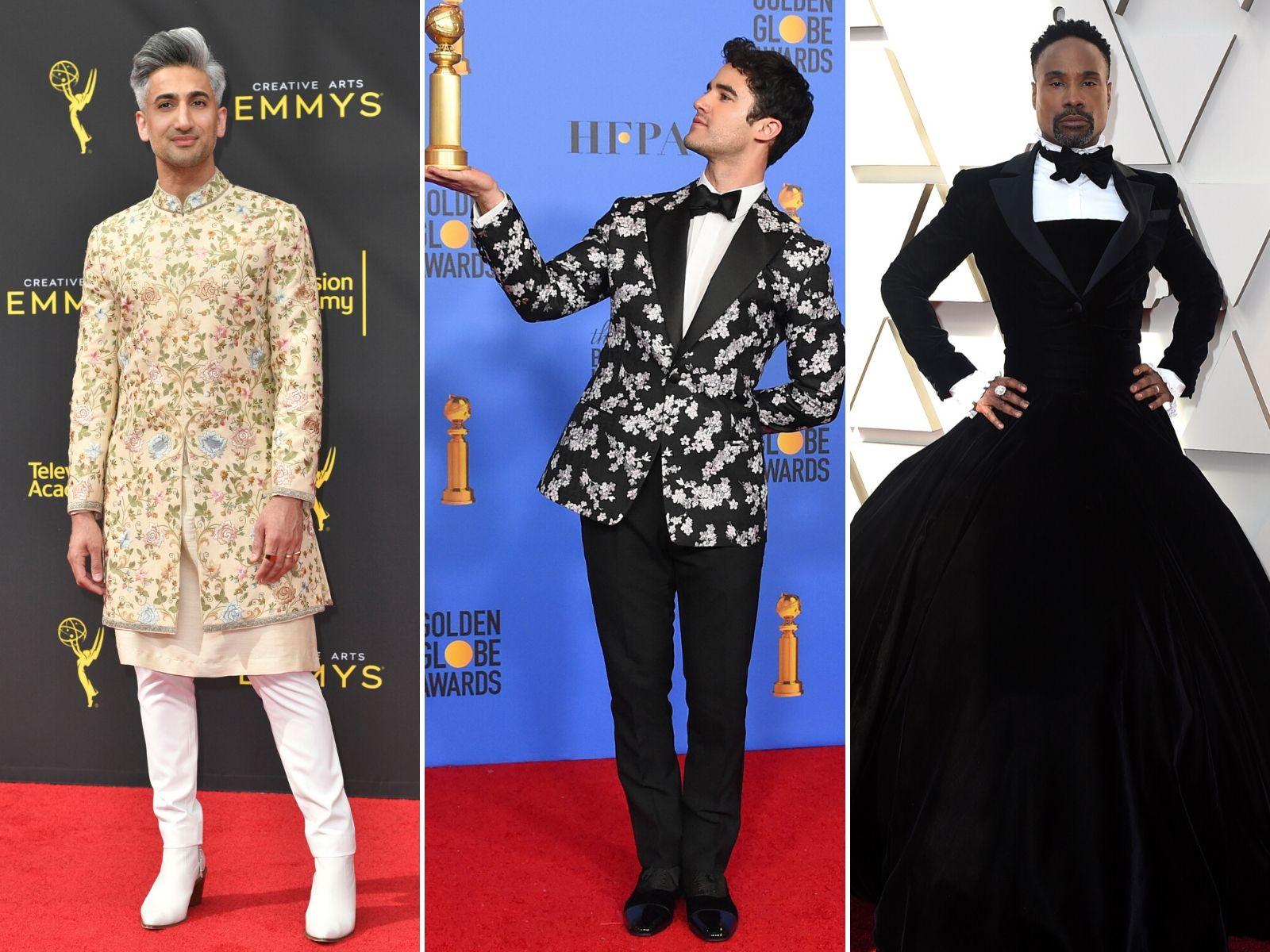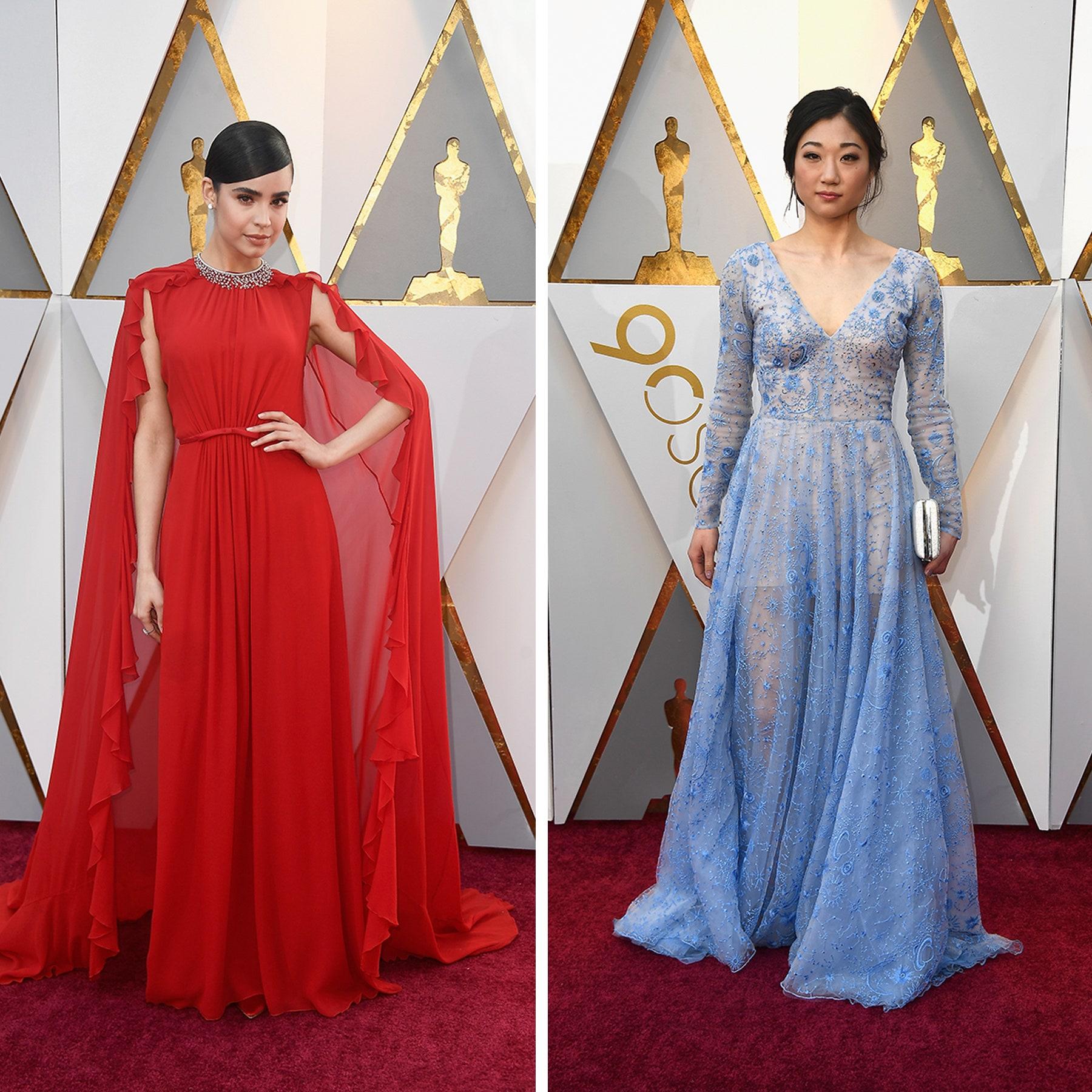In recent years, award shows have evolved into cultural spectacles that extend far beyond the celebration of cinematic achievements. While their primary purpose is to honor outstanding contributions to the film industry, these events have increasingly become synonymous with the glitz and glamour of the red carpet. The allure of celebrity fashion often takes center stage, captivating audiences and media outlets alike, sometimes overshadowing the very films and performances these ceremonies are meant to highlight. This article delves into the dynamics of this phenomenon, examining whether the emphasis on red carpet fashion has disproportionately overshadowed the core intent of award shows. By exploring the historical evolution of these events, the role of media coverage, and the perspectives of industry insiders, we aim to provide a balanced analysis of whether the sartorial spectacle has indeed eclipsed the cinematic celebration.
Red Carpet Focus: A Shift Away from Cinematic Achievements
In recent years, a noticeable trend has emerged during awards season, where the glitz and glamour of the red carpet seem to overshadow the cinematic achievements being celebrated. Hollywood’s awards shows have increasingly become a spectacle of fashion, with media outlets and audiences focusing more on who wore what rather than who won which accolade. This shift raises questions about the role and purpose of these ceremonies. Are they losing sight of their original intent to honor artistic excellence in film, in favor of becoming extravagant fashion showcases?
The coverage of red carpet events often includes exhaustive lists of best and worst dressed, detailed breakdowns of designers, and even social media hashtags dedicated to the sartorial splendor. This emphasis can detract from the films themselves, which may receive less discussion and analysis. Consider the following points:
- Media Attention: The disproportionate coverage of fashion over film achievements.
- Public Perception: How audience engagement with fashion can eclipse interest in the films being recognized.
- Cultural Impact: The broader implications for the film industry and its values.
While the fashion industry undeniably benefits from this spotlight, it’s worth pondering if the current balance serves the interests of filmmakers and audiences alike.

The Fashion Frenzy: Analyzing Media Coverage and Public Perception
In recent years, the spotlight at awards shows has increasingly shifted from the accolades for cinematic achievements to the spectacle of red carpet fashion. This evolution in media coverage and public interest raises questions about the priorities and impact of such events. Media outlets often dedicate extensive coverage to red carpet arrivals, highlighting the designers and styles worn by celebrities. This focus can overshadow the films and performances being honored, altering the narrative from celebrating artistic excellence to critiquing fashion choices.
- Media Influence: The media’s fixation on fashion can skew public perception, making the event seem more about celebrity style than the art of filmmaking.
- Public Engagement: Audiences are drawn to the glamour and allure of the red carpet, often engaging more with fashion commentary than film analysis.
- Commercial Interests: Designers and brands leverage these events for marketing opportunities, further amplifying the focus on fashion.
While the glamour of the red carpet undeniably adds an element of excitement to awards shows, it is crucial to strike a balance that honors the artistic contributions of filmmakers. The challenge lies in ensuring that the true essence of these events, celebrating cinematic achievements, is not lost amidst the dazzling displays of haute couture.
Balancing Glamour with Recognition: Strategies for Award Show Reforms
In the dazzling world of award shows, where the spotlight often shines brightest on the red carpet, it’s crucial to recalibrate the balance between sartorial splendor and the recognition of cinematic achievements. The allure of fashion undeniably captivates audiences, but it can overshadow the primary purpose of these events: to celebrate artistic excellence. To address this imbalance, award shows can implement several strategies:
- Dedicated Segments for Fashion: By introducing separate segments solely focused on red carpet coverage, the main event can maintain its focus on honoring films and performances. This could be done through pre-show specials or post-show recaps.
- Enhanced Storytelling: Encourage presenters and hosts to weave narratives about the nominees’ journeys, thereby shifting the focus from attire to achievement. This could involve short documentaries or behind-the-scenes insights.
- Interactive Audience Engagement: Utilize social media platforms to create polls and discussions that prioritize the artistic elements of the films, thus fostering a dialogue that values content over couture.
By adopting these strategies, award shows can create a more equitable platform that celebrates both the glamour of the red carpet and the profound impact of cinematic art.

Promoting Artistic Merit: Recommendations for Industry Stakeholders
To elevate artistic merit within the awards circuit, industry stakeholders could consider implementing several strategic changes. First, expand the judging criteria to place a stronger emphasis on narrative depth, technical innovation, and overall impact of the film. This can help shift focus back to the essence of filmmaking, beyond just the glamor of the event. Additionally, the introduction of new award categories that recognize behind-the-scenes talent—such as scriptwriters, editors, and sound designers—could provide a more holistic view of a film’s artistic achievements.
- Encourage media outlets to balance coverage between red carpet events and in-depth discussions about the nominated films.
- Host panel discussions or Q&A sessions with filmmakers and cast members as part of the awards show programming.
- Incorporate interactive elements, such as audience voting for specific categories, to engage viewers in the artistic aspects of the films.
By adopting these recommendations, the industry can foster a richer appreciation for cinematic art, ensuring that the core of filmmaking remains at the forefront during awards season.
Key Takeaways
the debate over whether award shows place excessive emphasis on red carpet fashion at the expense of celebrating cinematic achievements is multifaceted. While the allure of glamorous attire undeniably draws public attention and enhances the spectacle of these events, it is crucial to maintain a balanced focus that honors the artistry and creativity inherent in filmmaking. As both elements contribute to the cultural significance and entertainment value of award shows, a harmonious integration of fashion and film recognition could ensure that the essence of cinematic excellence is not overshadowed. Moving forward, the industry might benefit from introspection and potential recalibration, ensuring that the spotlight remains on both the artistic contributions of filmmakers and the cultural phenomenon of fashion, thereby enriching the overall narrative of these prestigious events.
